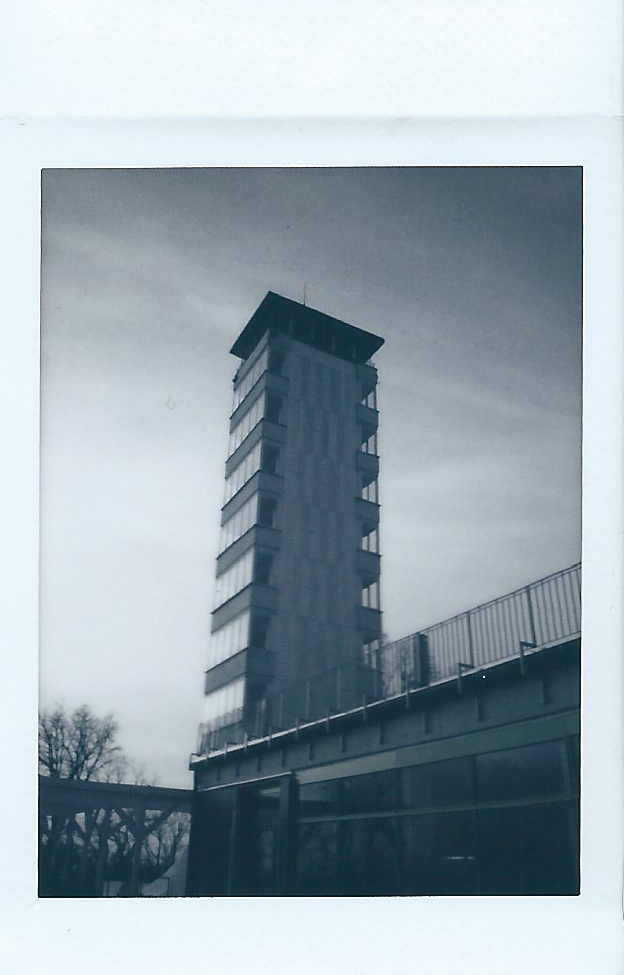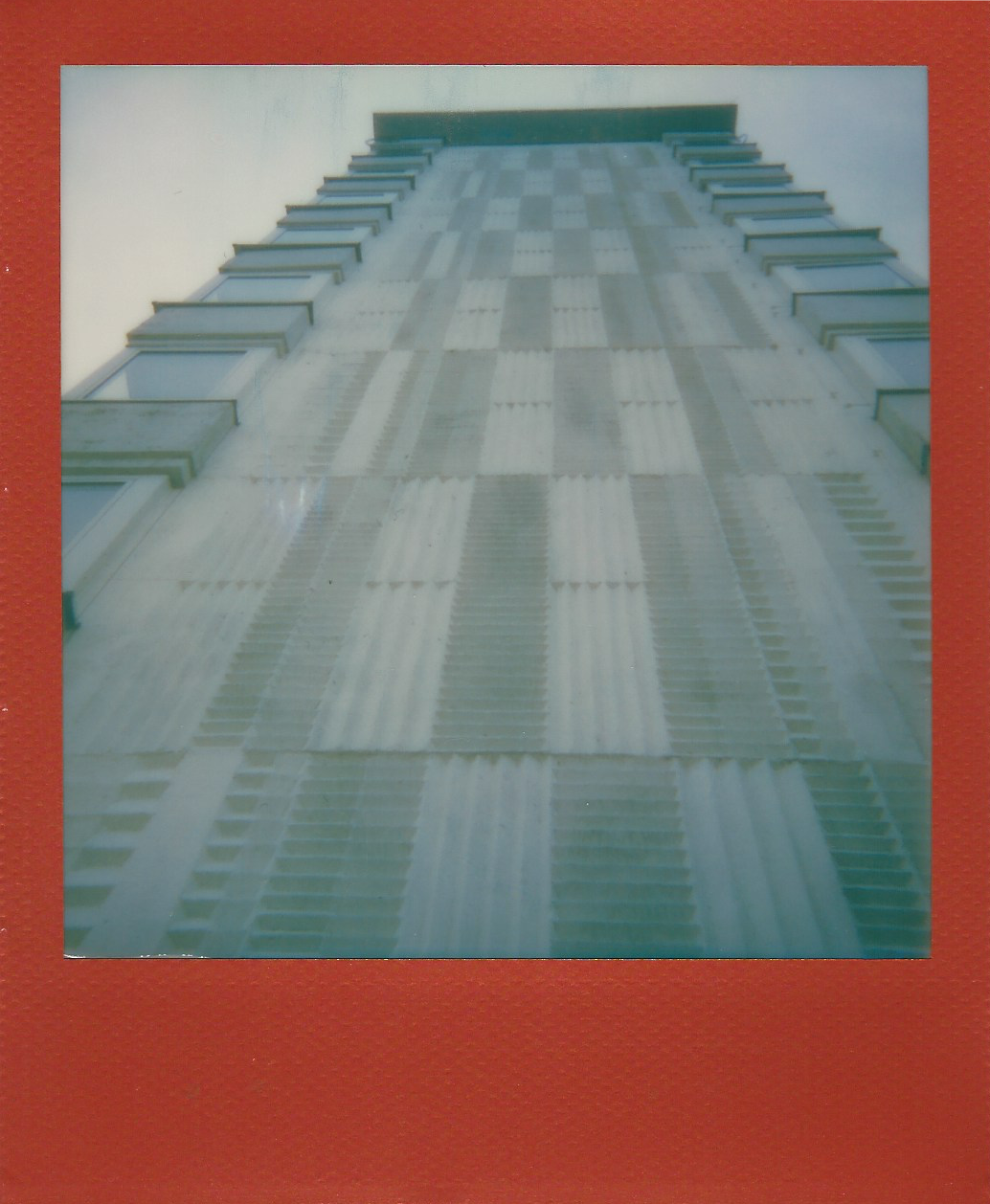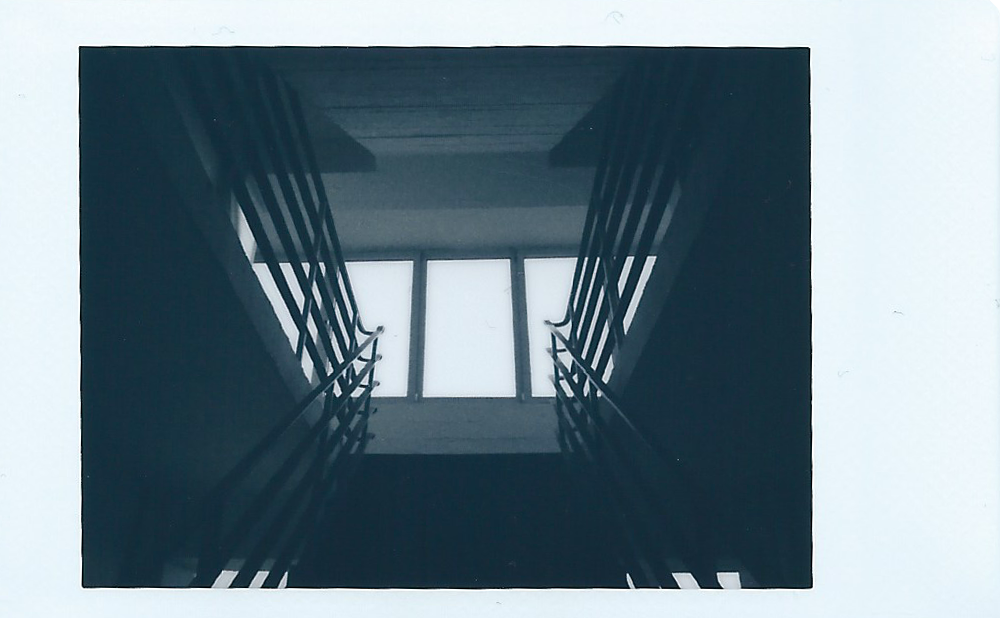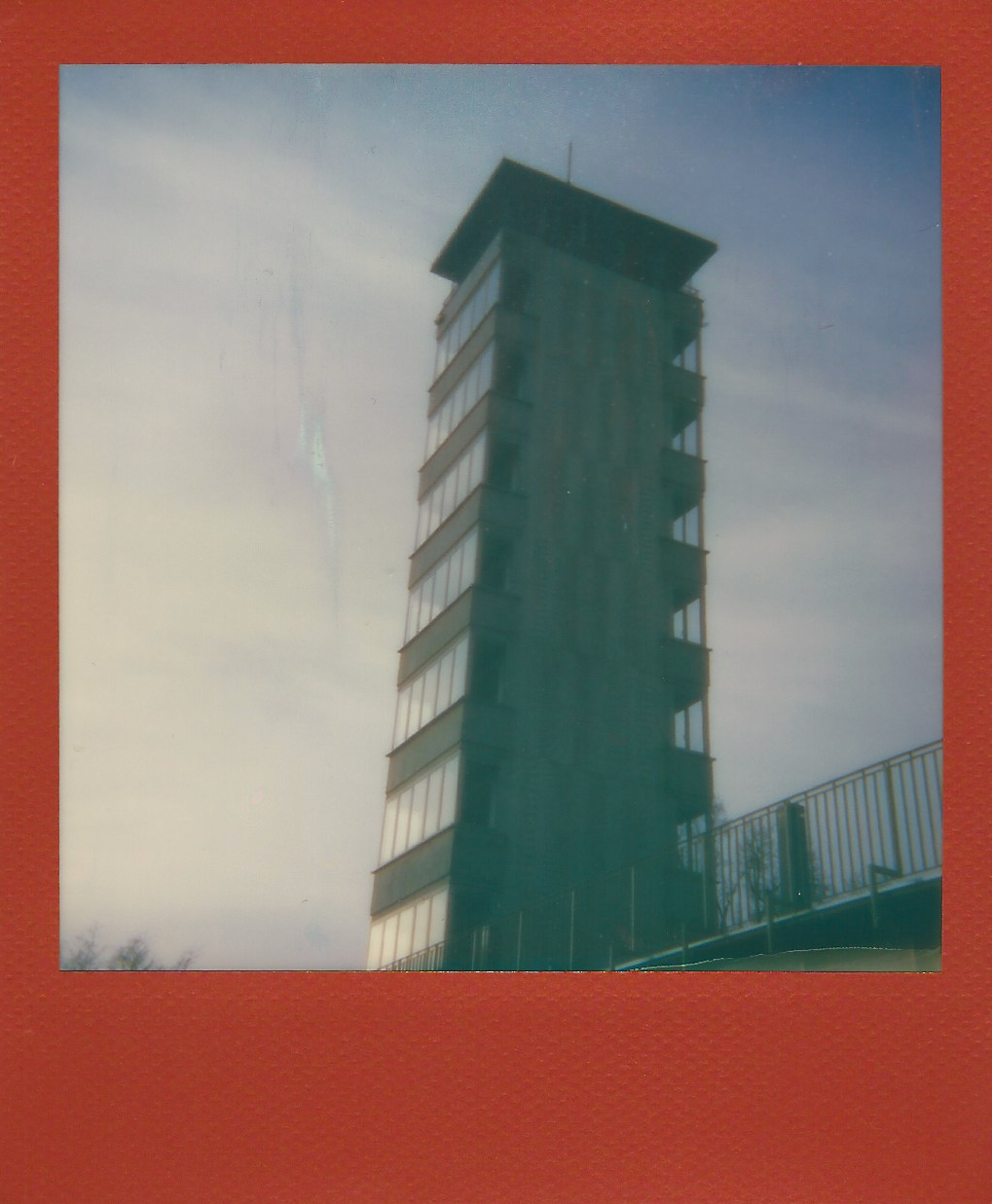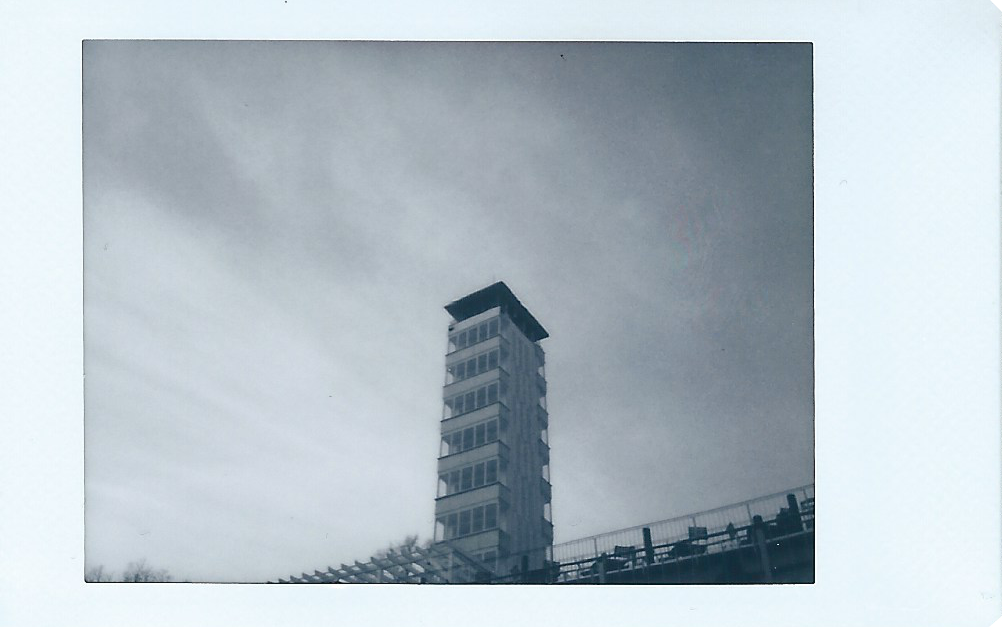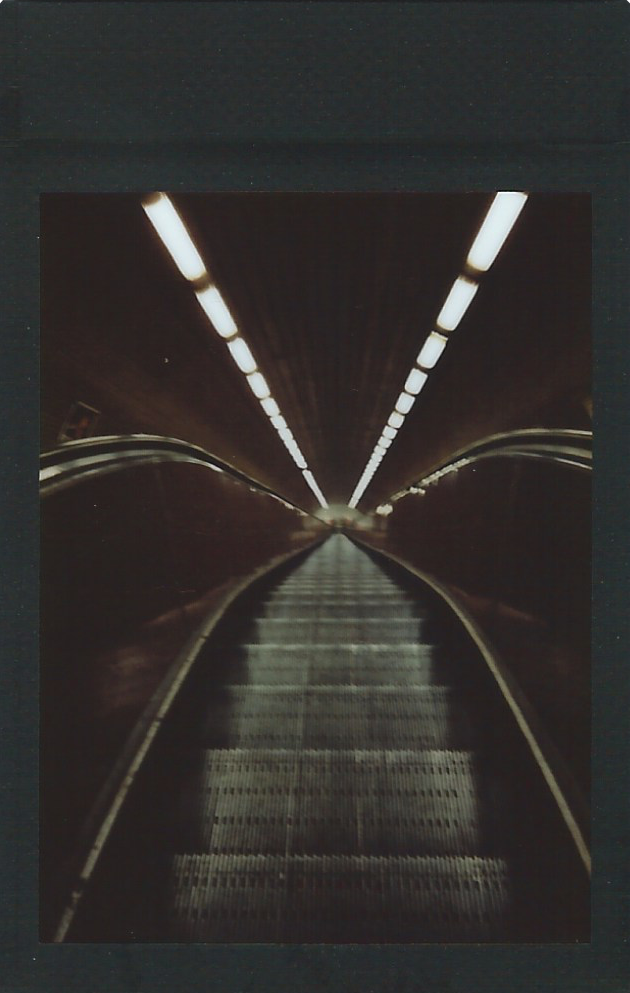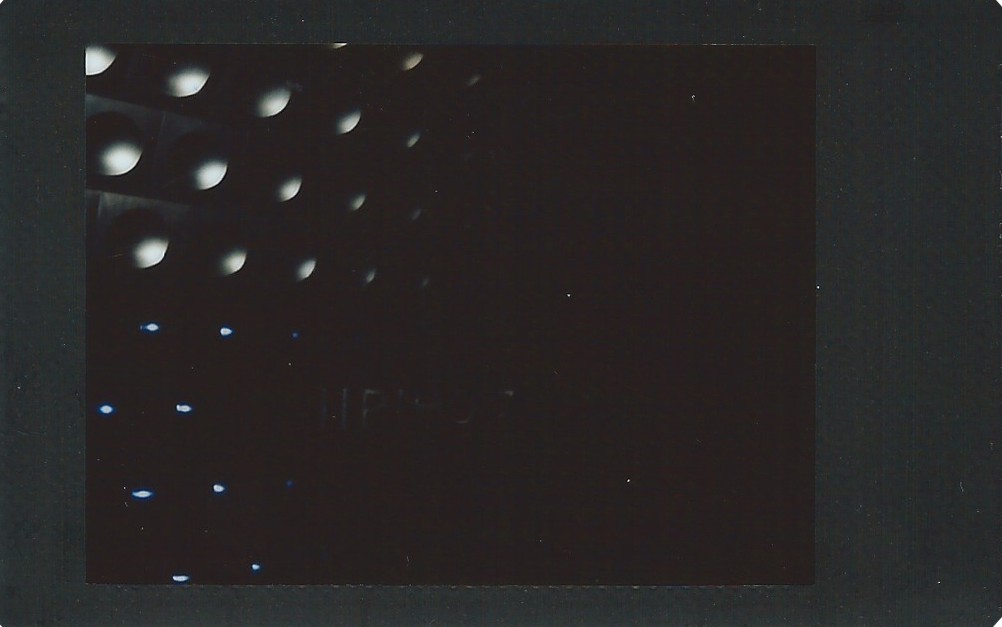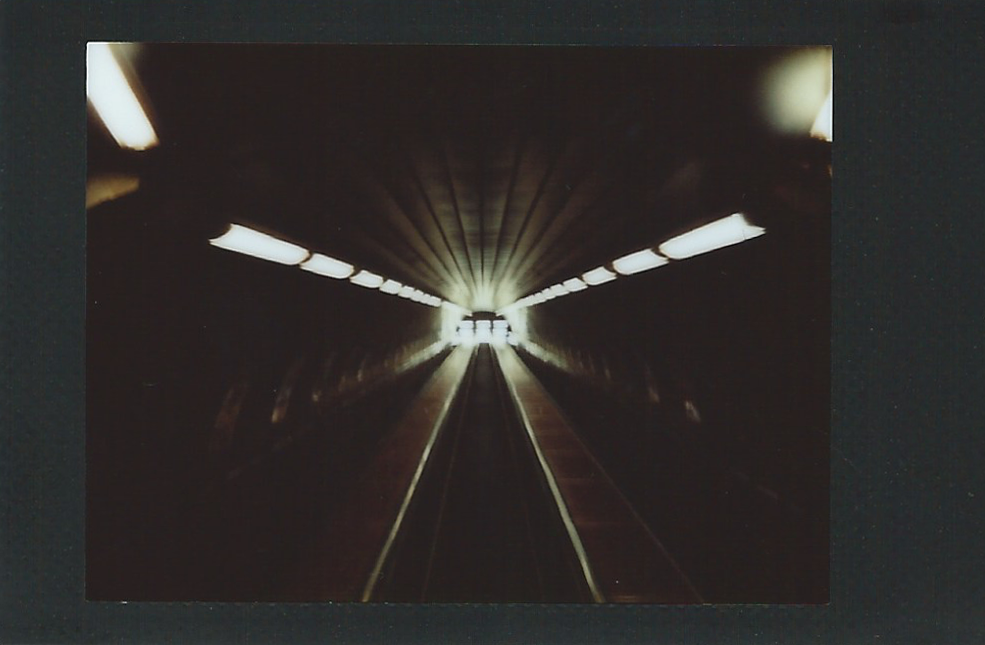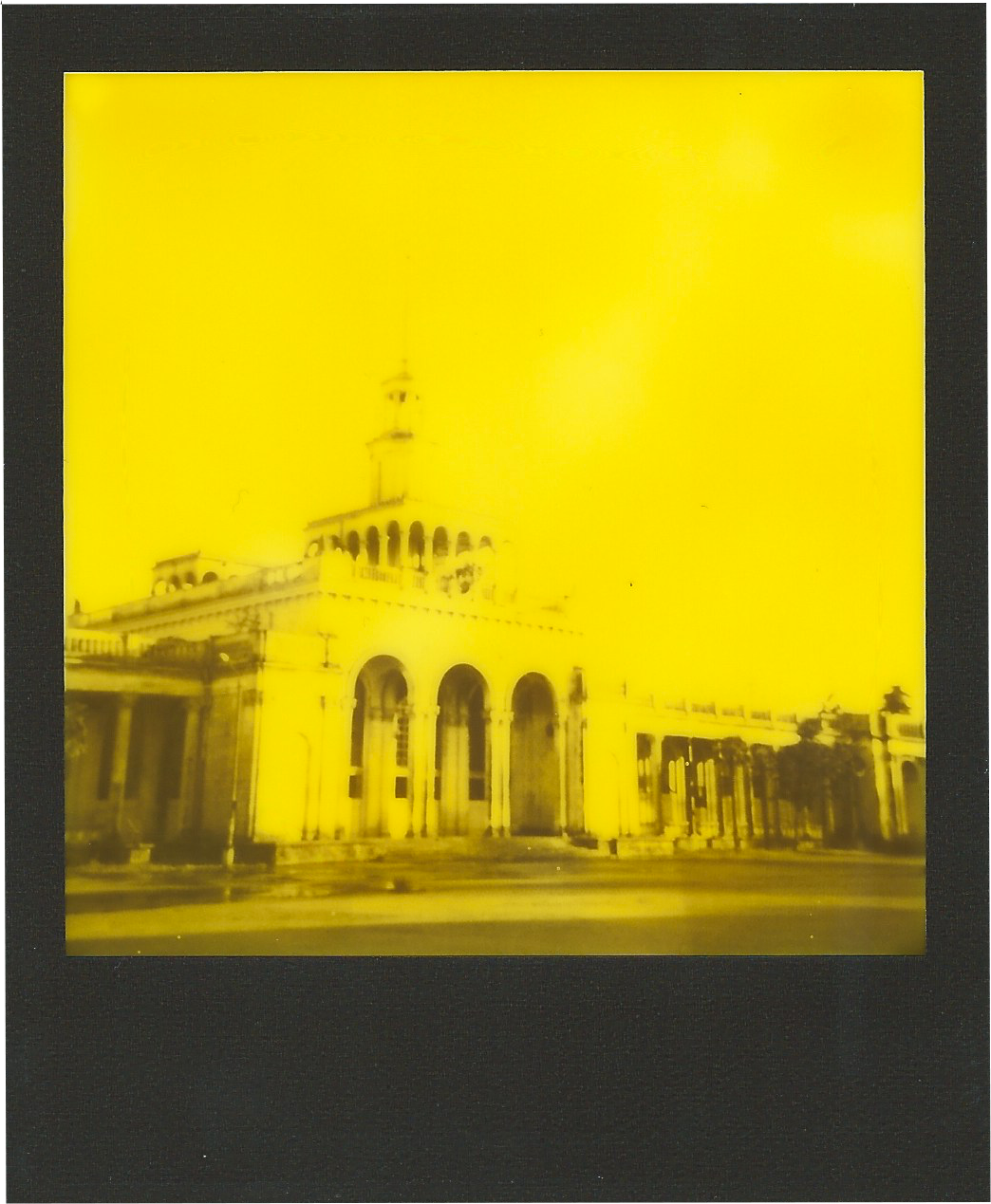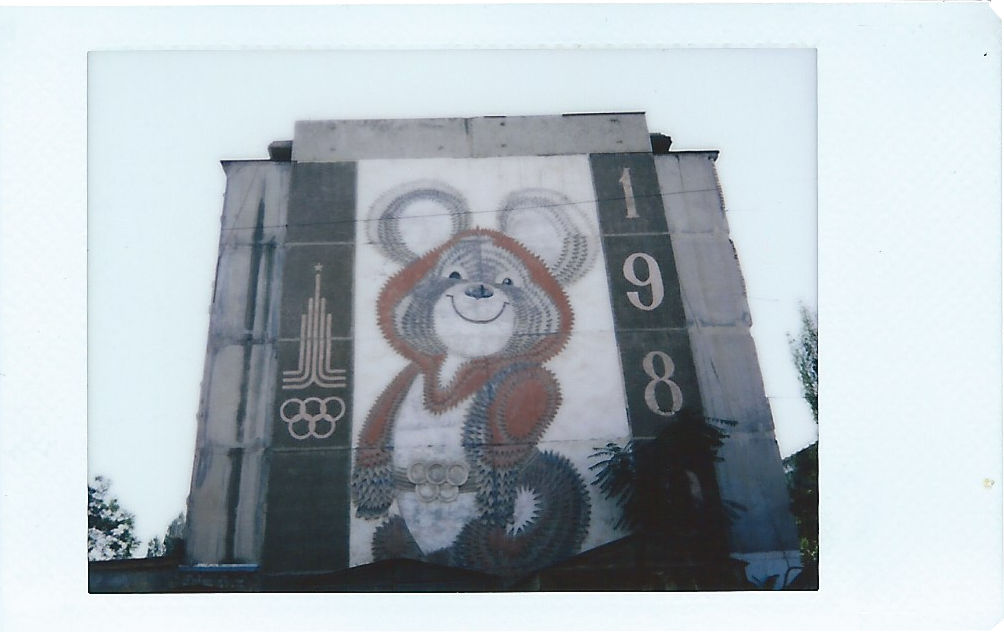Müggelturm – East Berlin, Germany
Clean-cut and chic, the Müggelturm is one of the first examples of Modernist architecture in East Berlin after years of ruling Stalinist Classicism in GDR.
Almost 30 meters high, the tower overlooks the Müggelsee and the surrounding woods from a hillock.
Opened to the public on the 31st of December of 1961 – just a few months after the construction of the infamous Wall – the building was designed by the collective of students of Kunsthochschule Berlin-Weißensee led by architects Jörg Streitparth, Siegfried Wagner and Klaus Weißhaupt.
The façades display panoramic windows at every landing, together with stylish clear concrete geometrical shapes.
A twin tower is planned to be built soon next to the original one.
